On Tuesday, HHS Secretary Robert F. Kennedy Jr. visited Anchorage, Alaska, where, flanked by Senators Dan Sullivan and Lisa Murkowski, he participated in the Alaska Native Tribal Health Consortium.
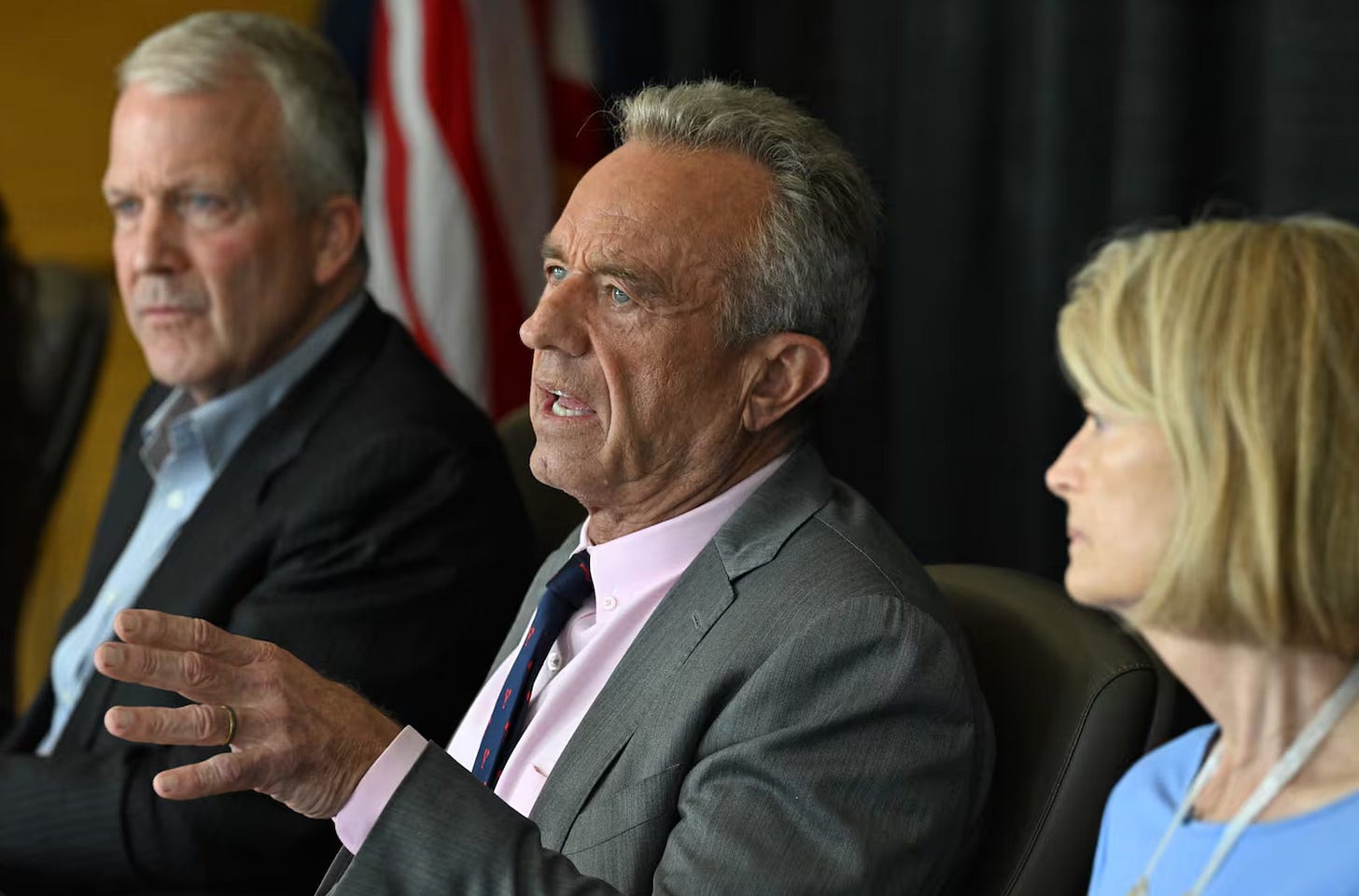
Kennedy and his family have a long history of supporting Native American issues such as Native health and sovereignty. His visit to Alaska extends his outreach to Native communities since he became Secretary of HHS in February, with visits to tribes in Utah, New Mexico, Arizona, Oklahoma and other states.
Another recent trip highlighted Kennedy’s hands-on work with tribes. On July 24, Kennedy visited the Nez Perce Tribal fish hatchery in Lenore, Idaho, where he and tribal leaders discussed health issues as well as the federal government’s trust and treaty obligations to Native peoples.
During the visit, Kennedy met with members of the Nez Perce Tribal Executive Committee, including Chairman Shannon F. Wheeler, with whom he discussed the government-to-government relationship between the Nez Perce Tribe and the United States.
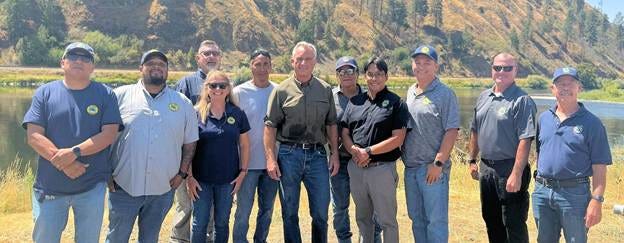
The focus of Kennedy’s visit was to learn about the hatchery program and the Nez Perce people’s connection to “hipt” (first foods, in the Nez Perce language), the “nacox” (salmon), and the “heesu” (eel/lamprey). At the hatchery, both salmon and lamprey are incubated and raised, and then stocked in the nearby Snake River. After the fish and eel grow in the river, they are harvested for food by the Nez Perce, which is an integral part of the Tribe’s food supply as well as cultural heritage.
About the visit, Chairman Wheeler stated,
“Secretary Kennedy was able to witness our efforts and better understand the tribal perspective on our first foods, and food sovereignty and the state of peril salmon are in now. This visit was a powerful reminder of the work our people carry out every day—much of it unseen but deeply rooted in our obligation to future generations. Our nacox and heesu – are not simply resources. They are our relatives and our life sources. As Nimiipuu, we understand that we are part of a sacred circle. It is our duty to ensure that this balance endures, so that the heartbeat of our people continues for those yet to come.”
Kennedy got hands-on experience feeding fish and holding lamprey while learning about the Nez Perce’s relationship to these food sources which included insight into the Tribe’s vision for restoration, food sovereignty, and cultural survival.
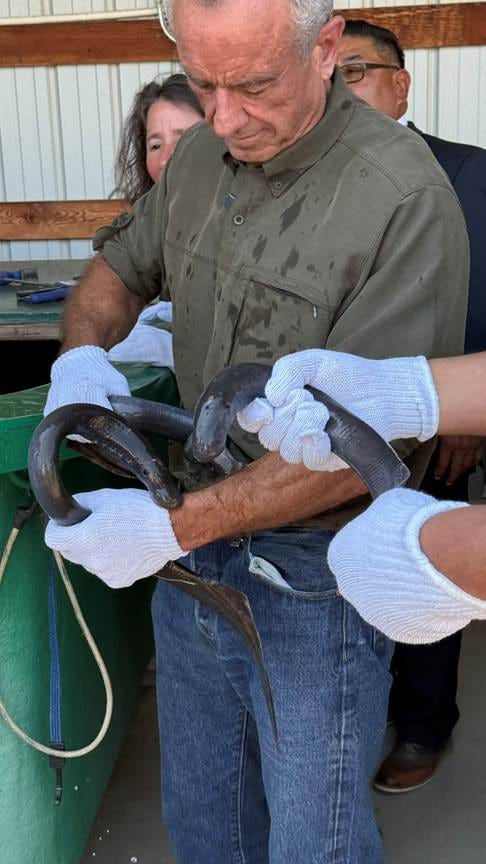
Salmon are an anadromous fish, meaning that they live in Pacific Ocean saltwater during their adult lives but migrate to freshwater hundreds of miles upstream in Pacific Northwest rivers to spawn. The Nez Perce describe salmon as being in a “state of peril” because of dams on Northwest rivers that block salmon migration routes, and thus the need for extensive and expensive tribal hatchery programs. Likewise, lamprey (eel) is also a migratory species that is endangered due to dams blocking Pacific Northwest rivers.
In a posting on X, Secretary Kennedy said, “As I toured the hatchery, I saw the Tribe’s unwavering commitment to restoring vital species like Chinook salmon, steelhead kelts, and lamprey. I deeply honor your vision for food sovereignty, cultural survival, and environmental stewardship.”
Historically, prior to the fish numbers being impacted by other human activities including dams, the Nez Perce consumed prolific amounts of salmon. In a 2024 article in the Salem, OR, Capital Press, the deputy program manager for the Tribe, Joe Oatman, said that historically,
“We were able to catch fish in volumes that would provide for up to 50% of our total daily caloric needs. Each and every day, from our youngest to our eldest, we ate salmon at those levels. Each and every Nez Perce would consume 300 pounds of fish per year.”
Oatman added that, historically, a total of about 2 million fish would return up the Snake River each year, and the Nez Perce would harvest about 242,000 in the river and its branches, including 102,000 spring and summer chinook.That’s about 48 fish per person. During the last 10 years, however, the average harvest of spring and summer chinook has been about 6,000. That’s about 1.6 fish per person.
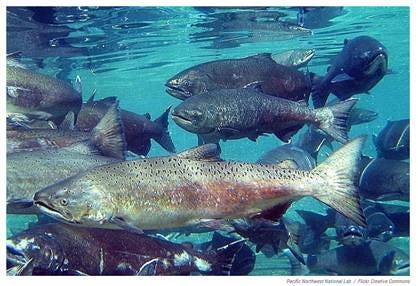
In addition to wild salmon being a large portion of Nez Perce food, wild salmon are known to have more nutritional value than hatchery-raised fish or salmon farmed in pens. A 2010 scientific analysis reported in the North American Journal of Fisheries Management found that hatchery fish in the Snake River had lower body weights and lower whole-body lipid (protein) than wild counterparts. Further, the hatchery fish also had lower fatty acid profiles than the wild salmon.
The MAHA Movement celebrates natural, organic, and wild food for exactly the same reasons, because it can be more healthy and provide more nutritional value. The Nez Perce and the MAHA Movement likely agree that food is medicine.
During his Alaska visit, Kennedy stressed his desire to “dramatically change the food systems so that we can get Native foods to all tribes.”
He continued, “We want to work with the tribes, we want to recognize and support their sovereignty, and we want to remove the impediments to food sovereignty, to subsistence and traditional foods.”
Murkowski said Kennedy’s visit to Anchorage shows “the significance that he has assigned to Alaska Native issues and the areas of concern that we face here.”

Breaking: HHS Secretary Kennedy Terminates 22 mRNA Vaccine Development Contracts
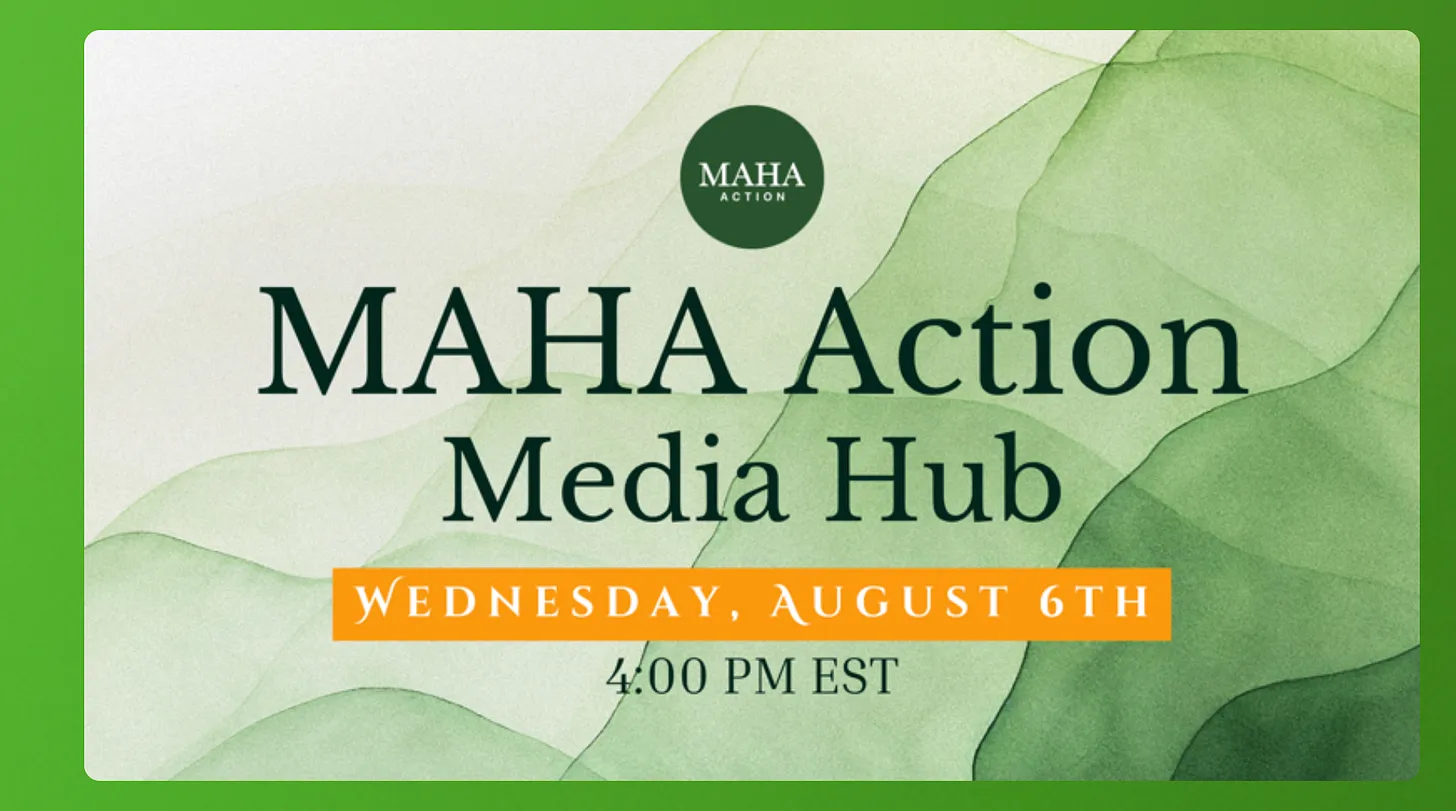
Join Cheryl Hines, Senator Rand Paul, & More for a MAHA Action Webinar on America's Broken Food System

Despite Legacy Media Shade, Presidential Fitness Test Will Return to Schools

BREAKING NEWS: Six More States Agree to End Taxpayer Subsidies of Junk Food
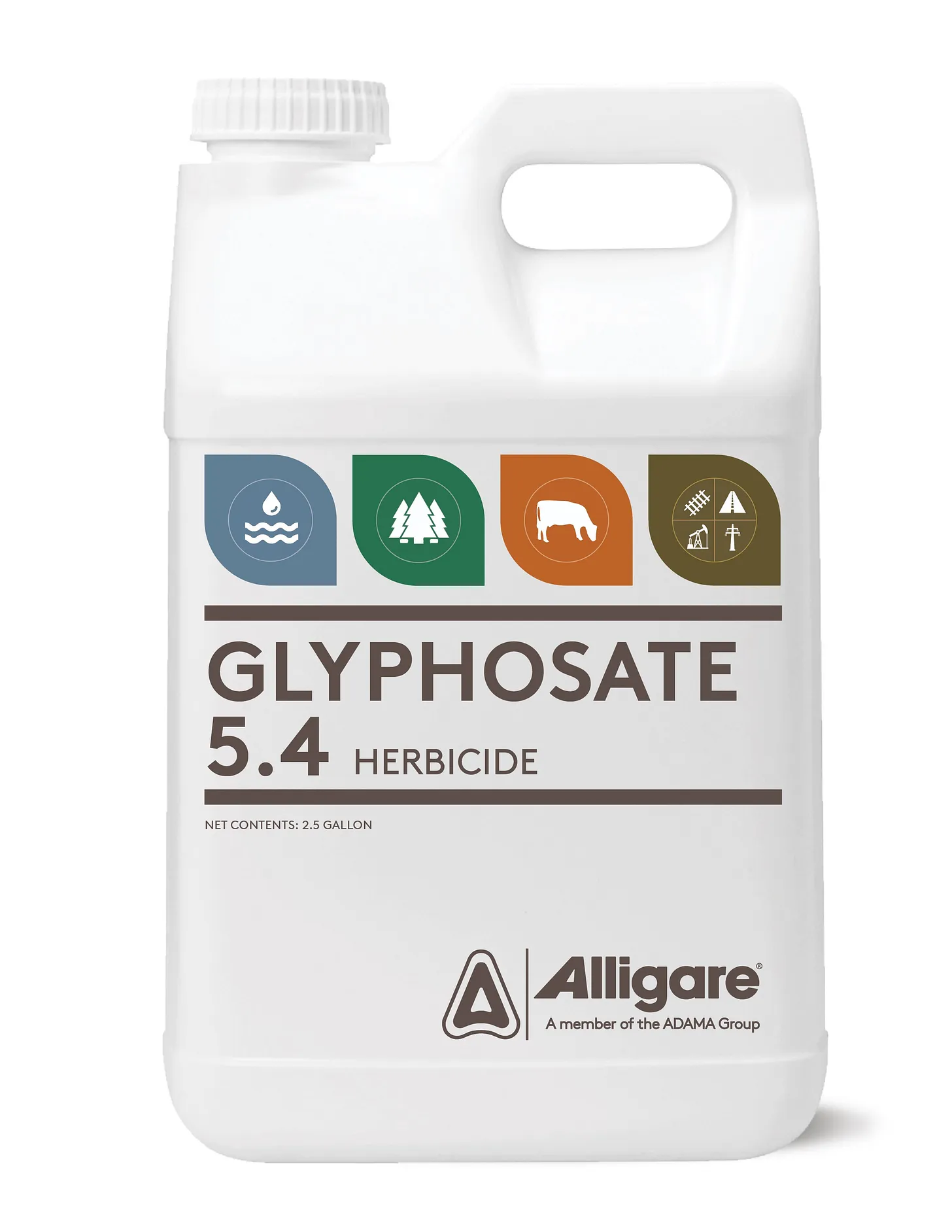
What You’re Not Being Told About Glyphosate–and Why It Matters
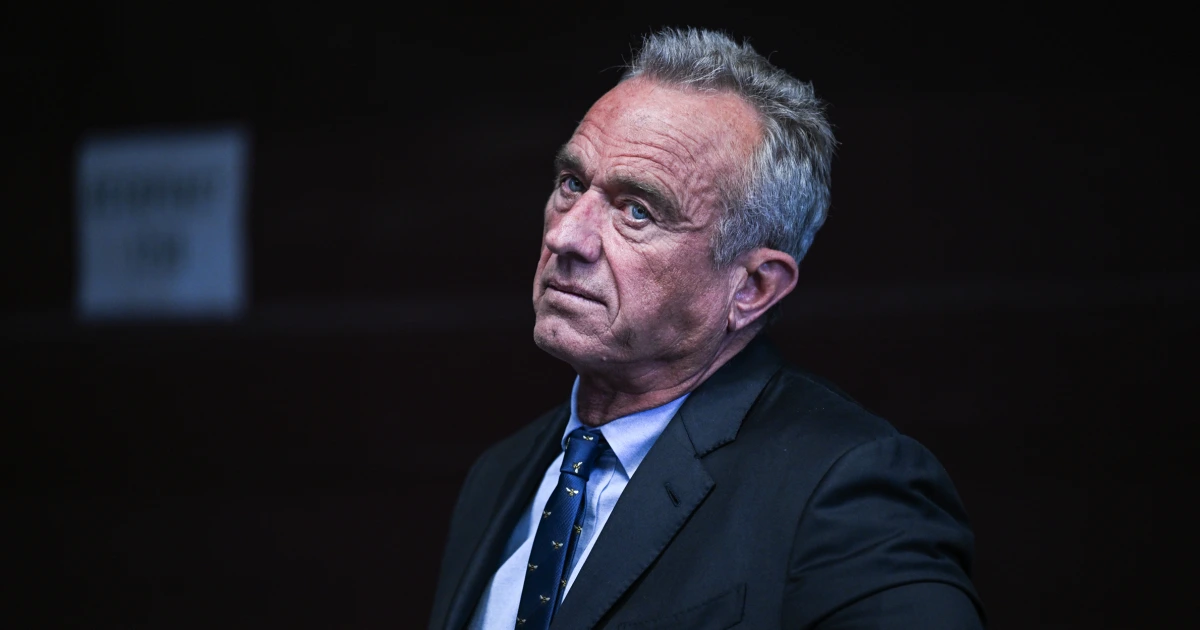


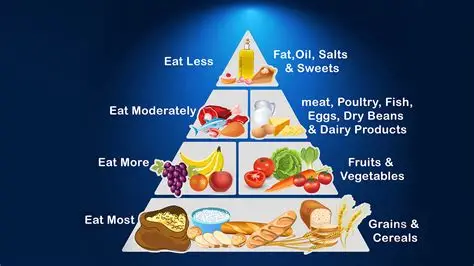
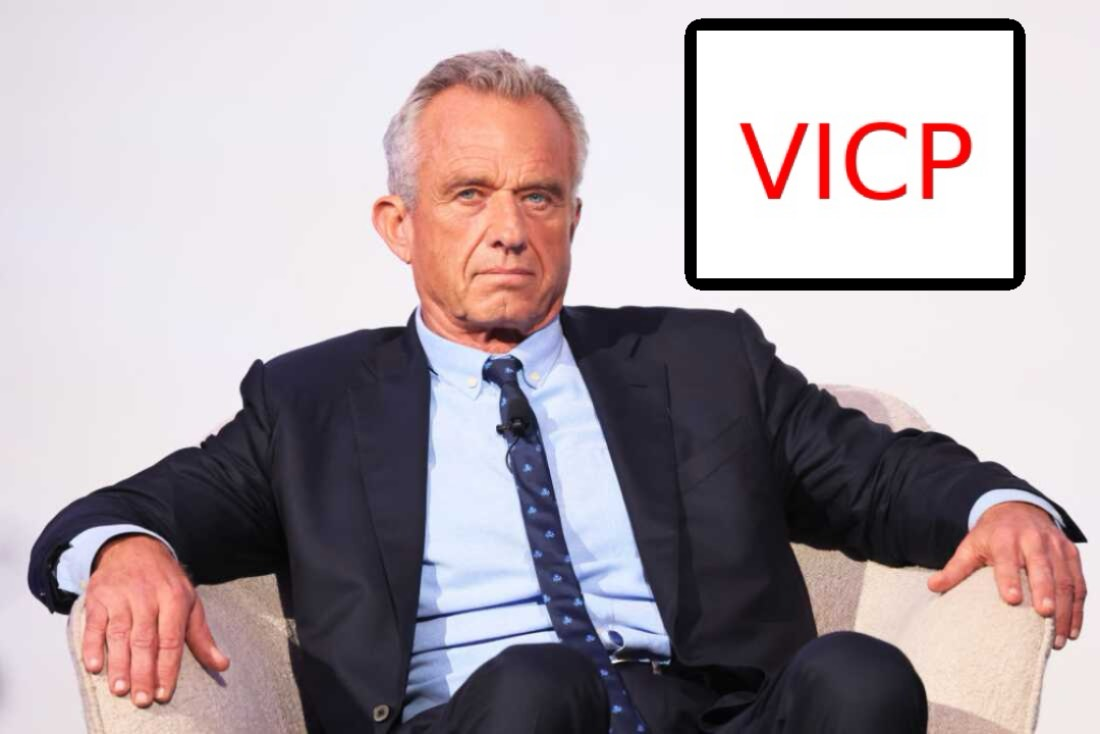
Lorem ipsum dolor sit amet, consectetur adipiscing elit. Suspendisse varius enim in eros elementum tristique. Duis cursus, mi quis viverra ornare, eros dolor interdum nulla, ut commodo diam libero vitae erat. Aenean faucibus nibh et justo cursus id rutrum lorem imperdiet. Nunc ut sem vitae risus tristique posuere.
Lorem ipsum dolor sit amet, consectetur adipiscing elit. Suspendisse varius enim in eros elementum tristique. Duis cursus, mi quis viverra ornare, eros dolor interdum nulla, ut commodo diam libero vitae erat. Aenean faucibus nibh et justo cursus id rutrum lorem imperdiet. Nunc ut sem vitae risus tristique posuere.